
mundusblog



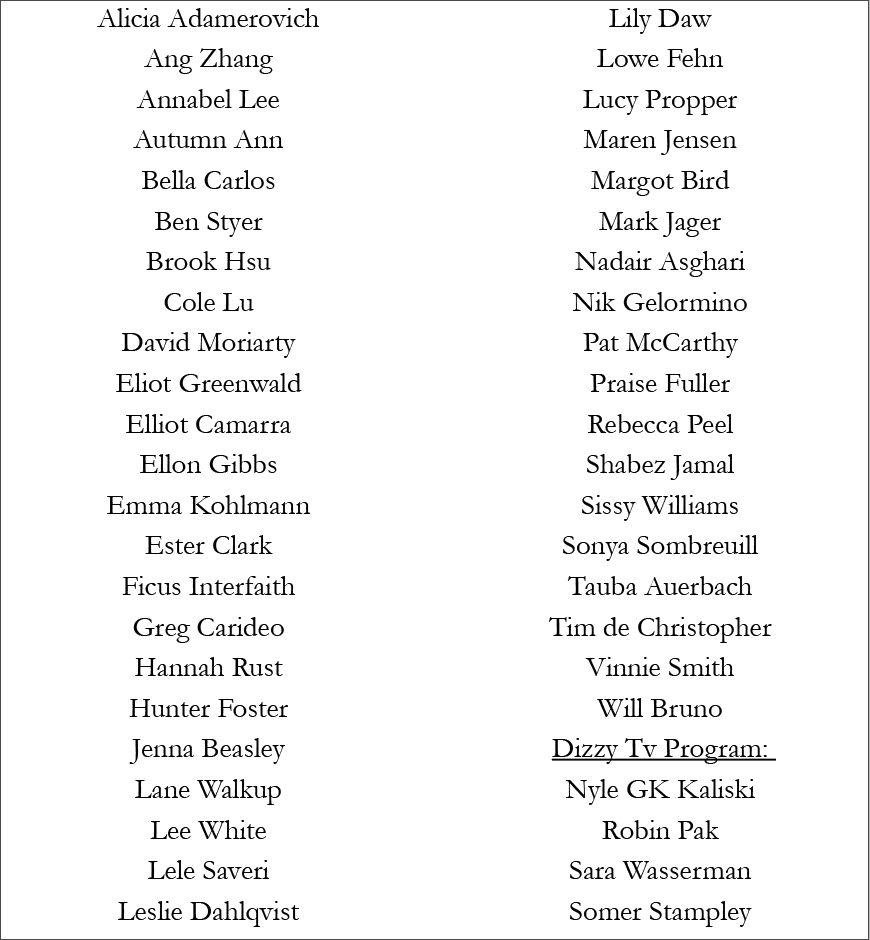

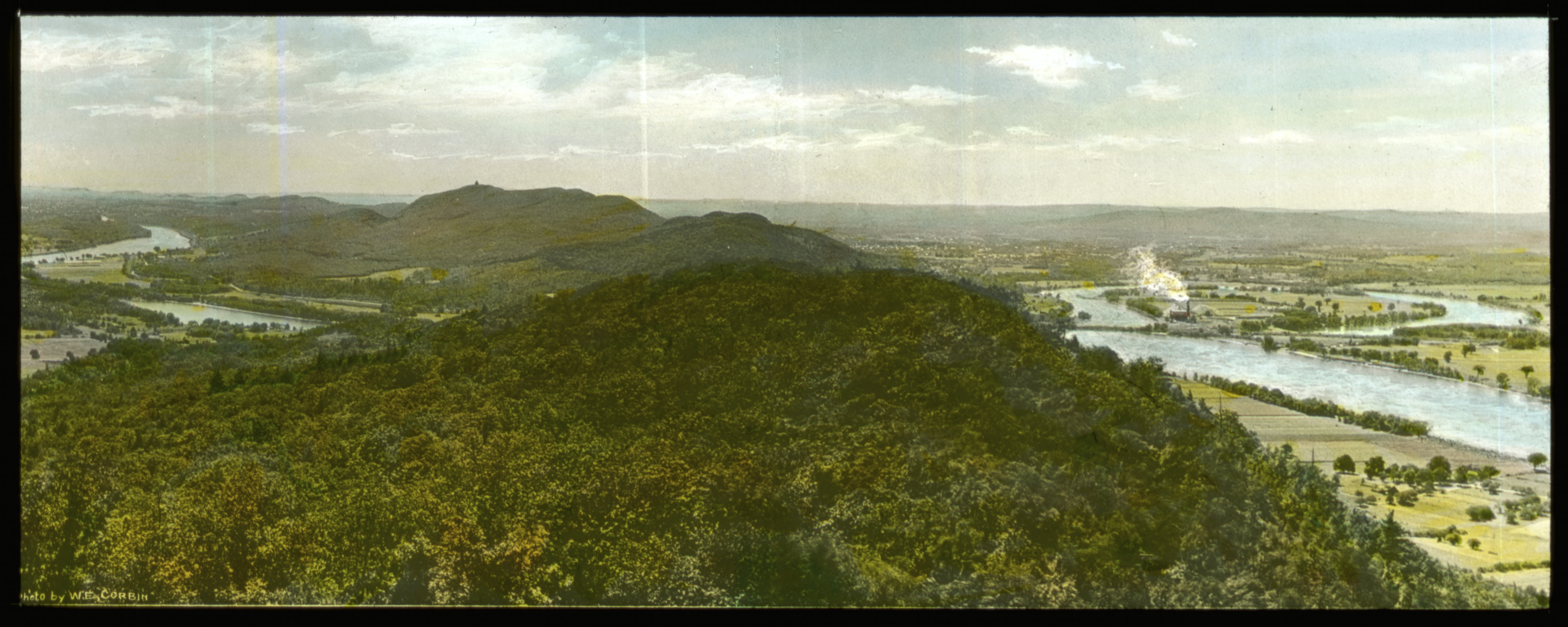
Comfortable Footwear:
The trail can be rugged in parts - so sturdy, comfortable sneakers and hiking boots are a must. The hike can involve uneven or rocky terrain.
Parking & Transportation:
Since this event takes place in a state park, there is a parking fee but ONLY at the top of the summit. For in-state Massachusetts license plates it is $5 dollars to park and for out-of-state plates it is $20. The parking at the bottom of the summit is FREE but limited!!
Accessibility Considerations:
The hike may not be suitable for all levels of mobility. Visitors who want to skip the hike can drive directly up to the summit and park a vehicle up there. The historic Summit House has a wheelchair accessible ramp and one can enjoy 360 degree views of the local valley. Visitors who may have additional questions regarding accessibility concerns can contact me directly by emailing Charlotte at munduspress@gmail.com.
Weather Prepardness
The show will take place outdoors and on a mountain, so it’s important to dress in layers and be prepared for variable weather. A light jacket or windbreaker could come in handy, especially on the summit where winds can be cooler. Check the forecast beforehand!
Bathroom and Drinking Water
There are public bathrooms and a water fountain at the Summit House for your use.
Picnic Tables and Open Grills at the top
There are a bunch of picnic tables and public grills for your pleasure!
The trail can be rugged in parts - so sturdy, comfortable sneakers and hiking boots are a must. The hike can involve uneven or rocky terrain.
Parking & Transportation:
Since this event takes place in a state park, there is a parking fee but ONLY at the top of the summit. For in-state Massachusetts license plates it is $5 dollars to park and for out-of-state plates it is $20. The parking at the bottom of the summit is FREE but limited!!
Accessibility Considerations:
The hike may not be suitable for all levels of mobility. Visitors who want to skip the hike can drive directly up to the summit and park a vehicle up there. The historic Summit House has a wheelchair accessible ramp and one can enjoy 360 degree views of the local valley. Visitors who may have additional questions regarding accessibility concerns can contact me directly by emailing Charlotte at munduspress@gmail.com.
Weather Prepardness
The show will take place outdoors and on a mountain, so it’s important to dress in layers and be prepared for variable weather. A light jacket or windbreaker could come in handy, especially on the summit where winds can be cooler. Check the forecast beforehand!
Bathroom and Drinking Water
There are public bathrooms and a water fountain at the Summit House for your use.
Picnic Tables and Open Grills at the top
There are a bunch of picnic tables and public grills for your pleasure!
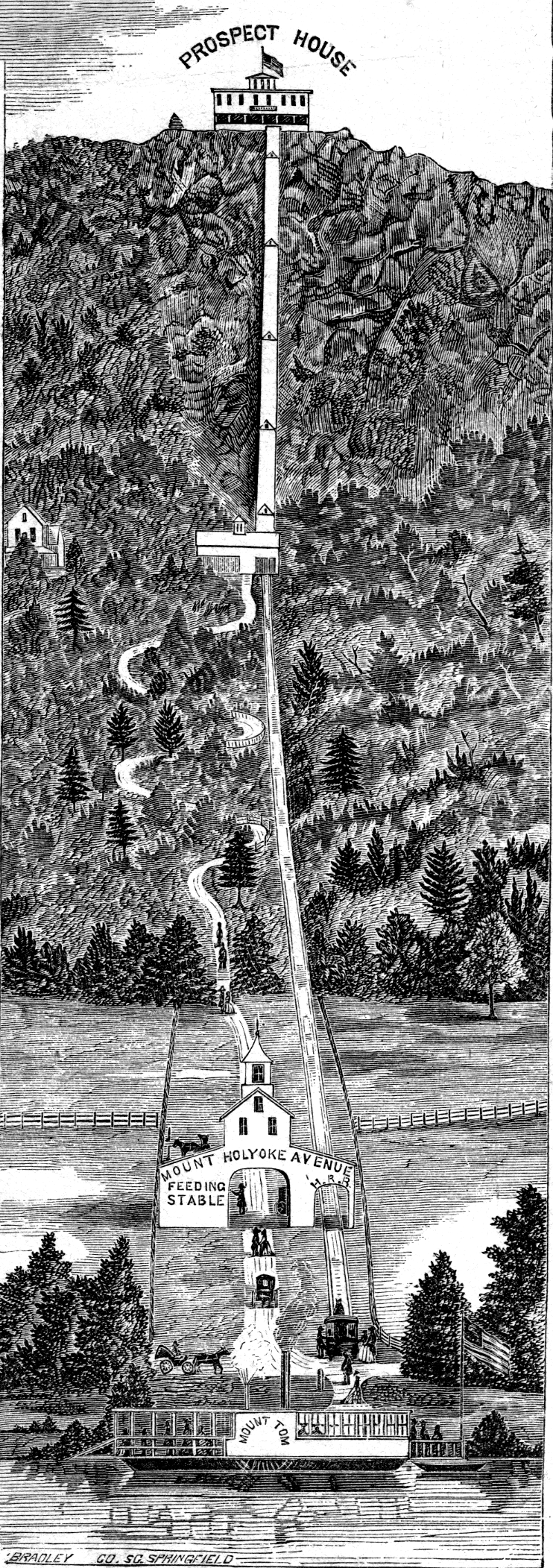

“as strong as an ox”
“As the Ox Plows“
is a poster zine that utilizes the Boustrophedon method: an ancient technique found in both farming and literacy.
![]()
This project includes 24 artists and 1 artist duo including:
ASMA
(Matias Armendaris & Hanya Beliá)
Annabell P. Lee
Anthony Coleman
Barry Elkanick
Chioma Ebinama
Claire Milbrath
Elliot Camarra
Emma Kohlmann
Ethan Skaates
Javier Ramirez
Justine Rivas
Justus Kempthorne
Kevin McNamee-Tweed
Michael Childress
Mosie Romney
Nadair Asghari
Naomi Romm
Praise Fuller
Santiago Licata
Simone Bodmer Turner
Suzanna Zak
Tara Castellano
Ursula Macussen
Vinnie Smith
![]()
Aristide Maillol, “Peasant Farmer” 1943
ASMA
(Matias Armendaris & Hanya Beliá)
Annabell P. Lee
Anthony Coleman
Barry Elkanick
Chioma Ebinama
Claire Milbrath
Elliot Camarra
Emma Kohlmann
Ethan Skaates
Javier Ramirez
Justine Rivas
Justus Kempthorne
Kevin McNamee-Tweed
Michael Childress
Mosie Romney
Nadair Asghari
Naomi Romm
Praise Fuller
Santiago Licata
Simone Bodmer Turner
Suzanna Zak
Tara Castellano
Ursula Macussen
Vinnie Smith
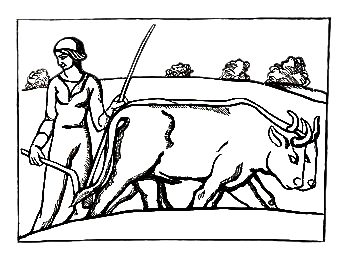
Aristide Maillol, “Peasant Farmer” 1943
For millennia, plowing a field involved cutting grooved trenches in alternating directions. A new trench does not have to start from the same direction as it began: this type of pattern alternates from left-to-right and then right-to-left.

This farming technique was developed over 4,000 years ago and derives from the Greek word, Boustrophedon.
Boustrophedon translates
to “ox-turning” in Ancient Greek.
“Bous” means
“an ox”
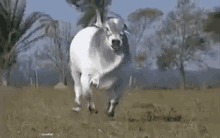
“Strophos” means “a turning”

p.s: “Trophe”
[Bostrophedon] means “from nourishment and nutrition” in Ancient Greek. I like this connotation of Bostrophedon: as an ox turns fields, the results give sustenance and new life to what takes root in the soil. It’s a nice sentiment running in tangemt to this project.Boustrophedon also refers to a type of
ancient reading and writing technology
. Which is mostly found in stone-carved manuscripts today.
Similar to an ox-plowed field, when using this method in reading and writing, the text starts from left-to-right and then is followed-up with a line that goes from right-to-left. Every other line has mirrored text.

Unlock this Boustrophedon DECODER--->![]()
Ancient Greek, Etruscan, Safaitic, and Sabaean are a few of the languages that used Boustrophedon. Early advanced civilizations were more ambidextrous than today’s soceities because of their adapted lifestyles, which catered well to this method of reading and writing.

Some could argue that the Boustrophedon technique may in fact be more efficent that the standards of today, because reading and writing didn’t have to start from one side of the margin line -- it could start from both. In 403 B.C Athens standardized its alphabet to read from left-to-right. Each town in Ancient Greece had its own writing system and at times, its own alphabet. Boustrophedon fizzled out during the Hellenistic period.
Boustrophedon Mesoamerican writing systems
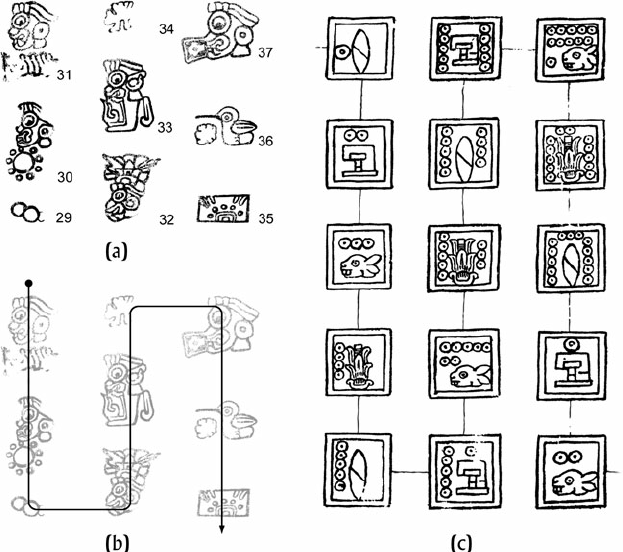
Boustrophedon reading orders in Western Mesoamerican writing systems. (a) South section of text in the Plaza de los Glifos; (b) Proposed boustrophedon reading order; (c) Detail of Codex Boturini (Johansson K. 2007:51) showing text and identical boustrophedon reading order as at La Ventilla (note hairlines connecting the glyphs to mark off the reading order). Drawings by Christophe Helmke.
Perhaps the traditional writing systems of Chinese, Japanese, Korean and other languages that feature vertical text, had once been adapted from the Boustrophedon method?

Above: “Tsukishima is a Kōwaka-mai (dance drama) ballad that dates from the Muromachi period (1336-1573).” From the Library of Congress Archives here.
NINURTA - SUMERIAN GOD
Various sumerian texts which call ninurta a “trustworthy farmer”, “lord of vegetation” and the “ploughman”/ lord of the earth”

THE WINGED OX

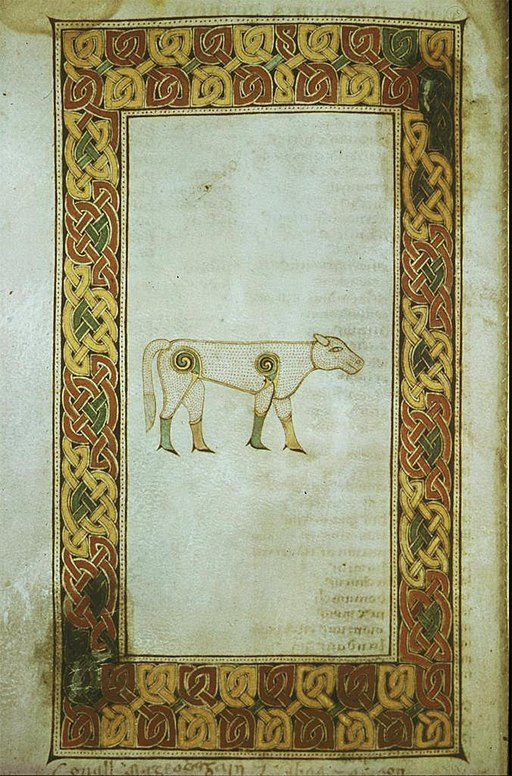


Symbol of St Luke. The Ox symbolizes sacrifice and service which is why St. Luke is shown with this animial. In Luke’s writings about Jesus, he talks about the sacrifice Jesus made to save all people through his death on the cross and his Resurrection.
The Lion King Receives The Ox
- Kalila wa-Dimna

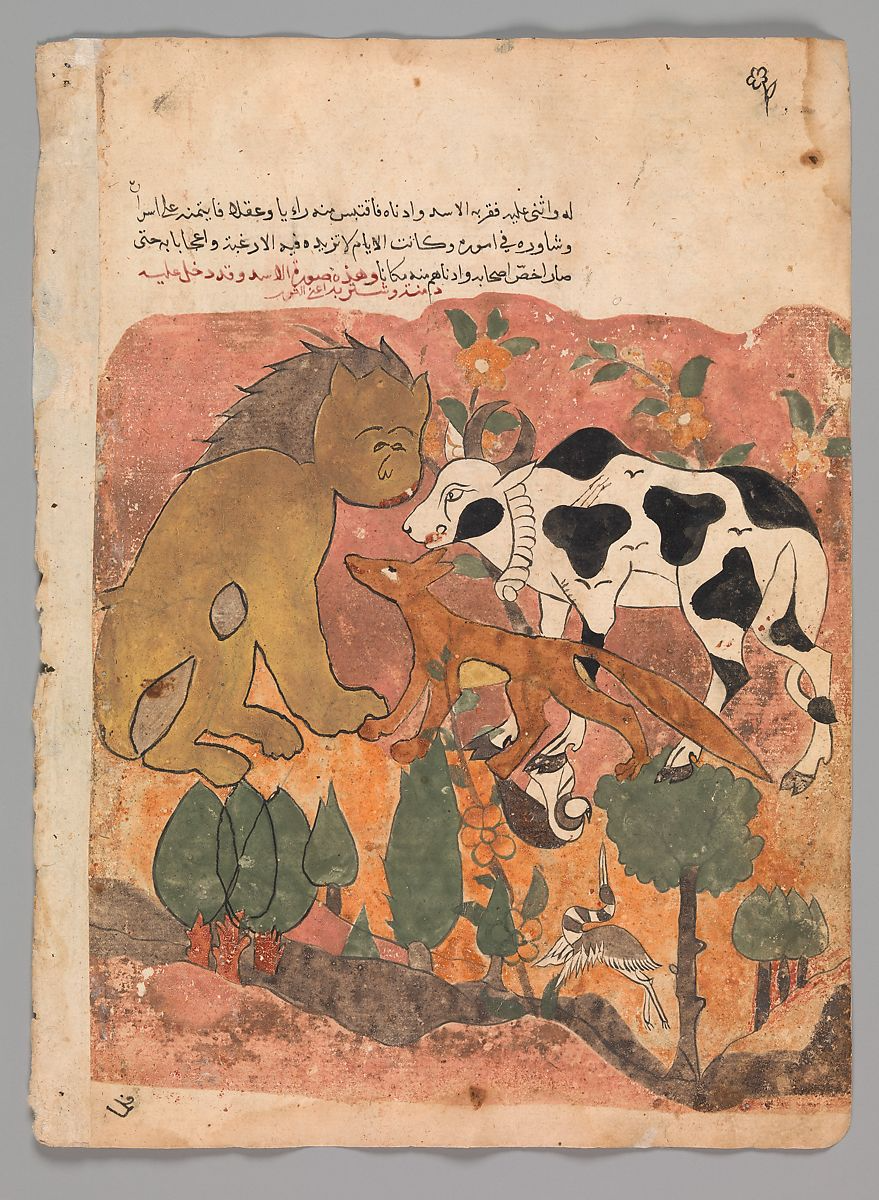
Kalīla wa-Dimna is a collection of moral tales considered to be the first secular fiction in the Arabic Language. First appeared in the 8th century. The story of the Lion and the Ox can be found here.
The Bestiary of Anne Walshe (Denmark, created between the years 1400-25)
 Based on certain Bestiaries, Oxen were understood to predict the weather. This folklore is still believed by some today.
Based on certain Bestiaries, Oxen were understood to predict the weather. This folklore is still believed by some today. The Cowherd and the Weaver Girl
A Chinese folk Tale
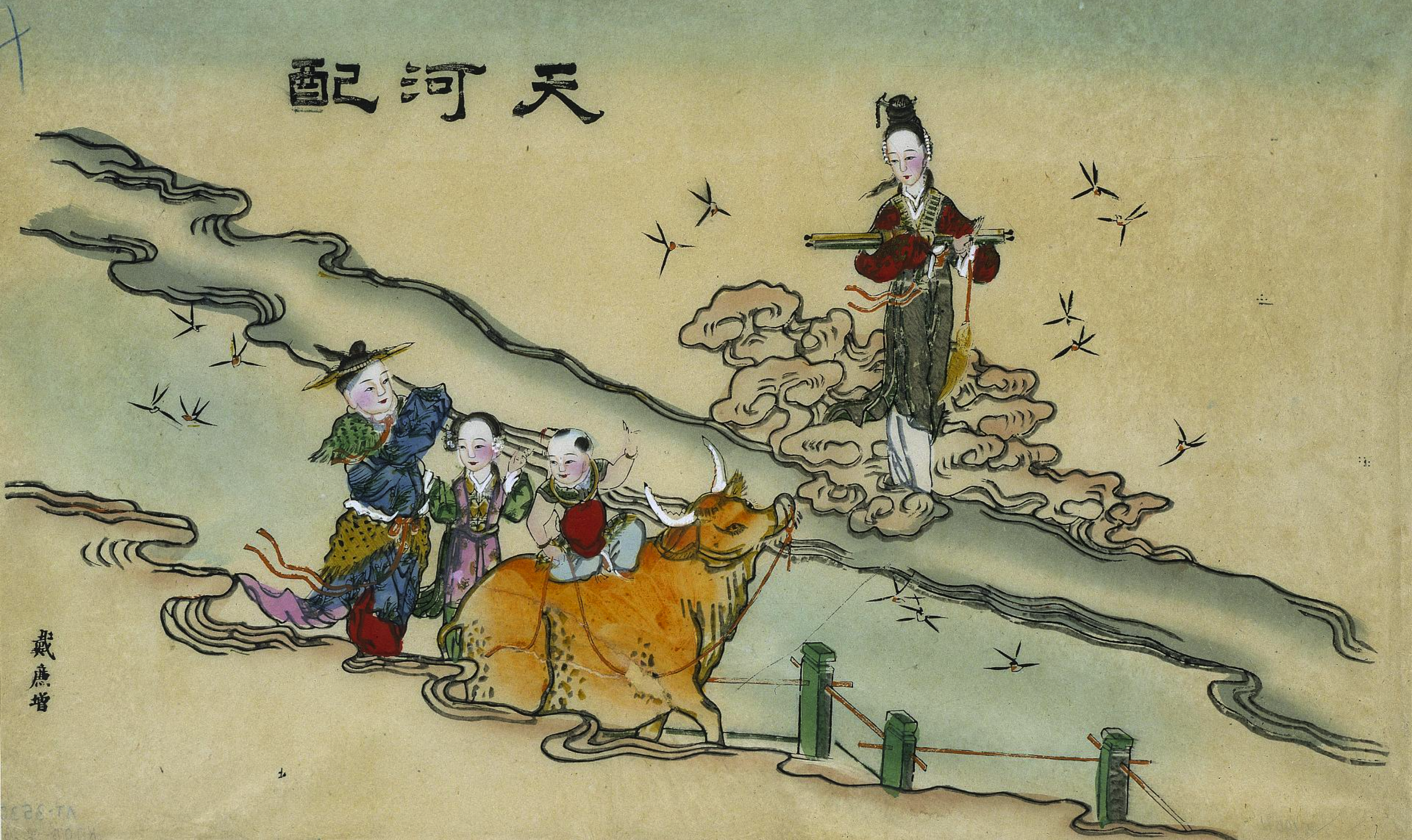

"The Cowherd and the Weaver Girl" is a romantic Chinese mythological tale which can be traced back to 2600 year old poetry. It describes the forbidden romance between Zhinü, “the weaver girl” (Godess of weaving, who represented the Vega star constellation) and Niulang (“the Cowherd” and Altair star) in Heaven. The love between them (which took place in the sky) was not allowed because in the Heavens of the Chinese mythological world, stars were not allowed to fall in love. With the help of Cowherd’s ox friend, he was able to reconnect with the Weaver Girl. Sadly, they were forever banished to the opposite sides of the Heavenly River (also known as the Milky Way) by the Goddess of Heaven. But on July 7th of every year, Magpie birds create a bridge in the sky that reunites the two lovers and their two children. July 7th in China is Valentine’s Day, also known as the Qixi Festival. To read this story in more detail, please follow this link.
Magpie Bridge For Love
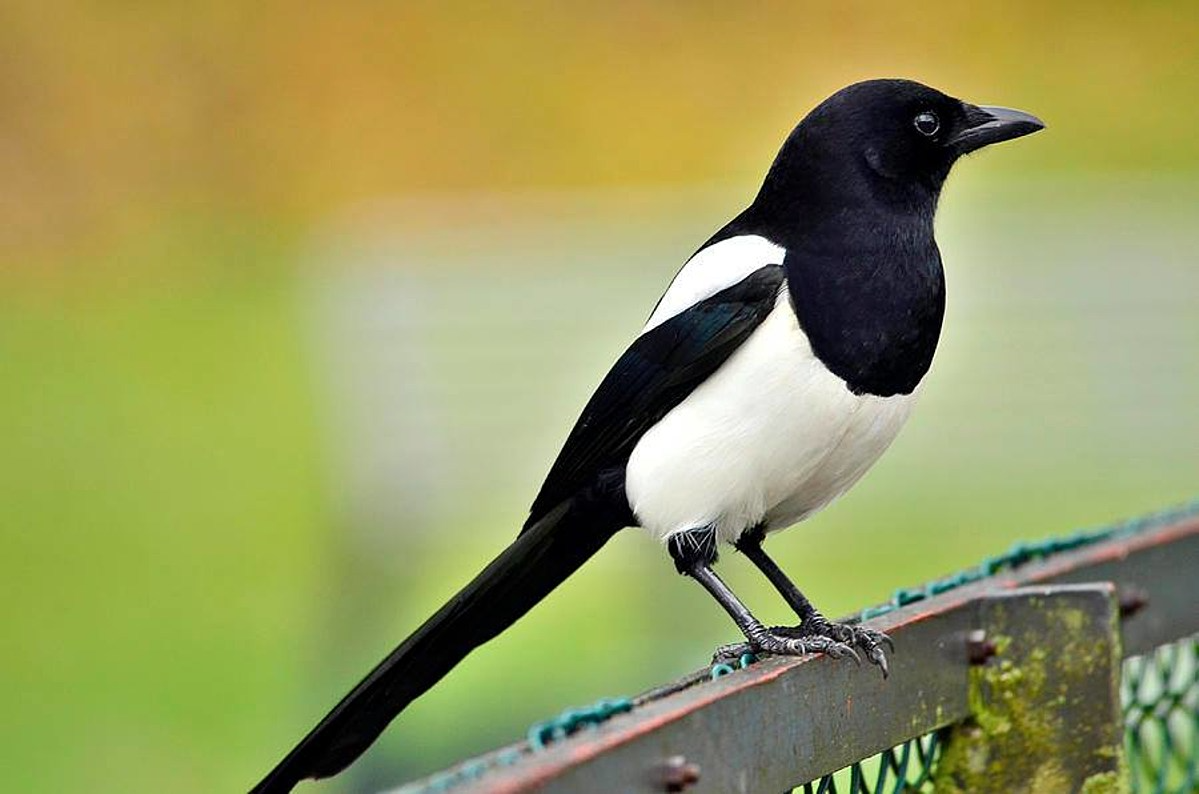
Aesop’s The Frog & The Ox Fable
A frog inflates itself bragging he can be as big as an ox. Too big, too bad. Pop.
Conceit may lead to self-destruction.
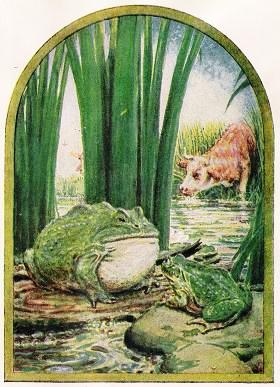
“An Ox came down to a reedy pool to drink.
As he splashed heavily into the water, he crushed a young Frog into the mud.
The old Frog soon missed the little one and asked
his brothers and sisters what had become of him.
"A great big monster," said one of them,
"stepped on little brother with one of his huge feet!"
"Big, was he!" said the old Frog, puffing herself up. "Was he as big as this?"
"Oh, much bigger!" they cried.
The Frog puffed up still more.”
more on the Fable Here.

Sacred Cow
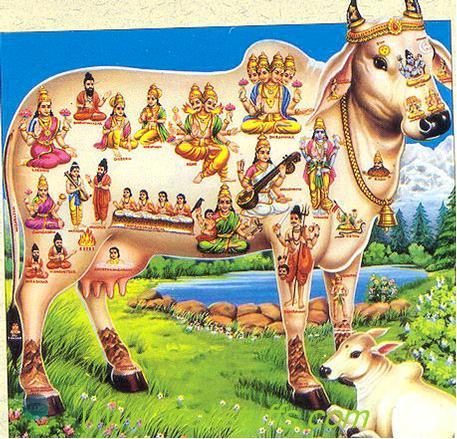
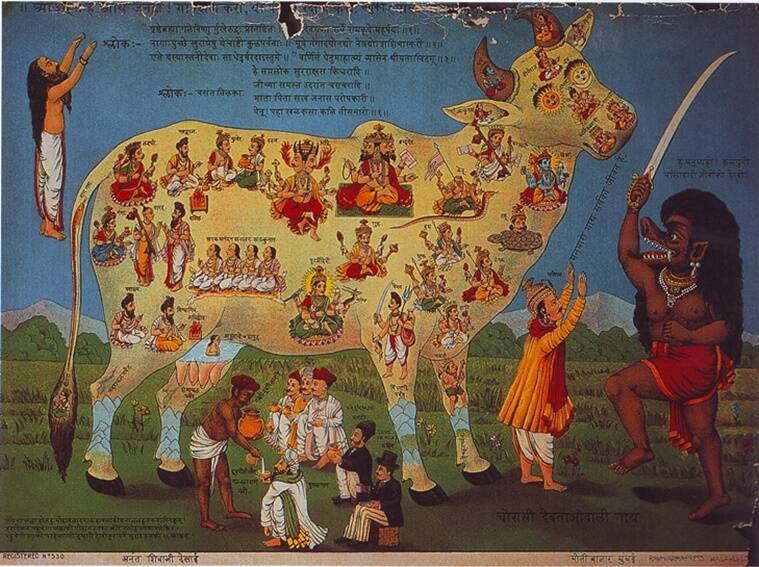
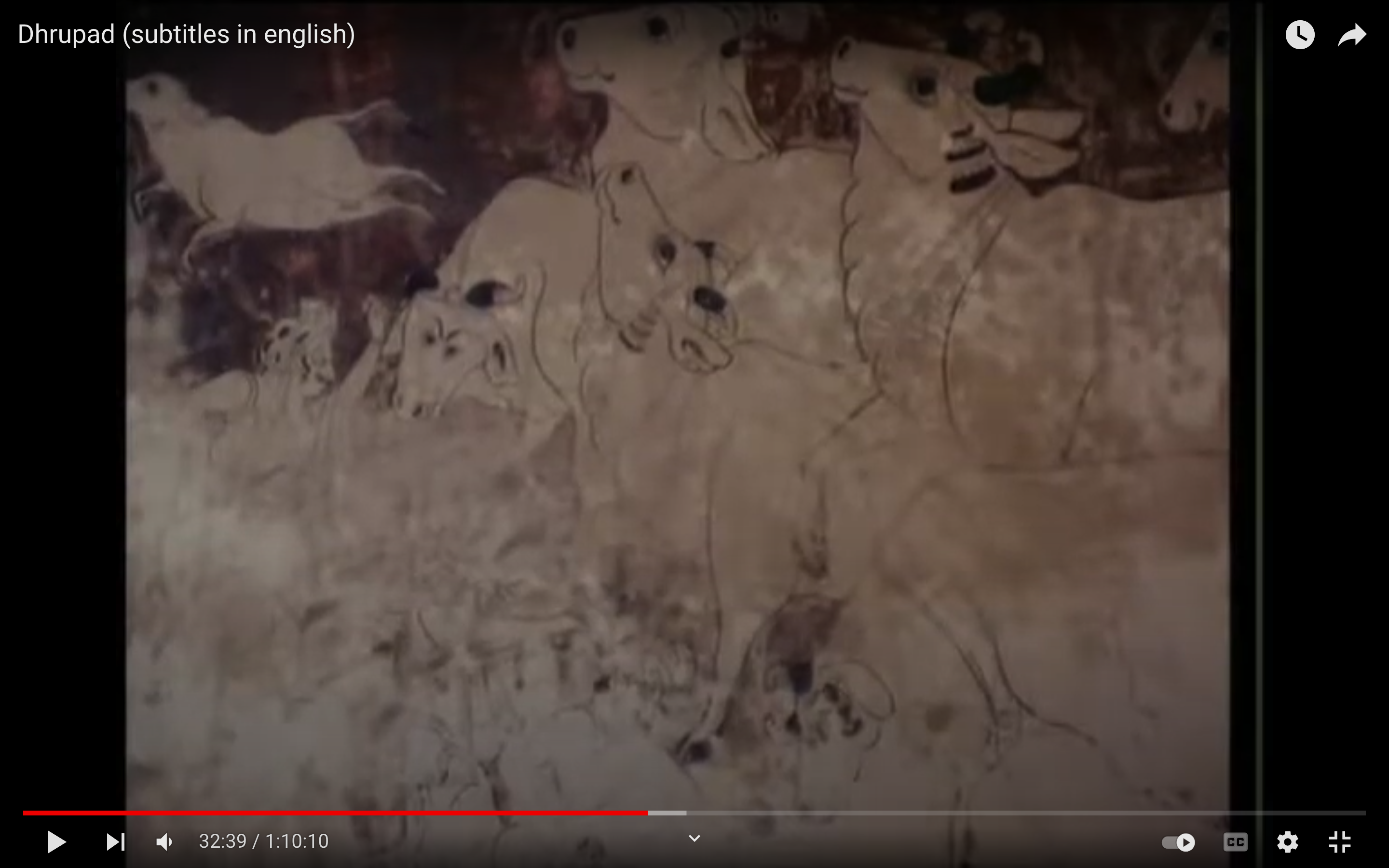
The sanctity of the cow, in Hinduism, is the belief that the cow is associated with various deities including, Shiva (whose steed is Nandi, a bull), Indra (closely associated with Kamadhenu, the wish-granting cow), Krishna (a cowherd in his youth), and goddesses in general (because of the maternal attributes of many of them).
Ox vs. Cow vs. Bull
the differencesA ox is a trained draft work bovine (cattle). The males are castrated...
A cow: a mature female bovine
A bull: a uncastrated mature male bovine.
Chinese Zodiac
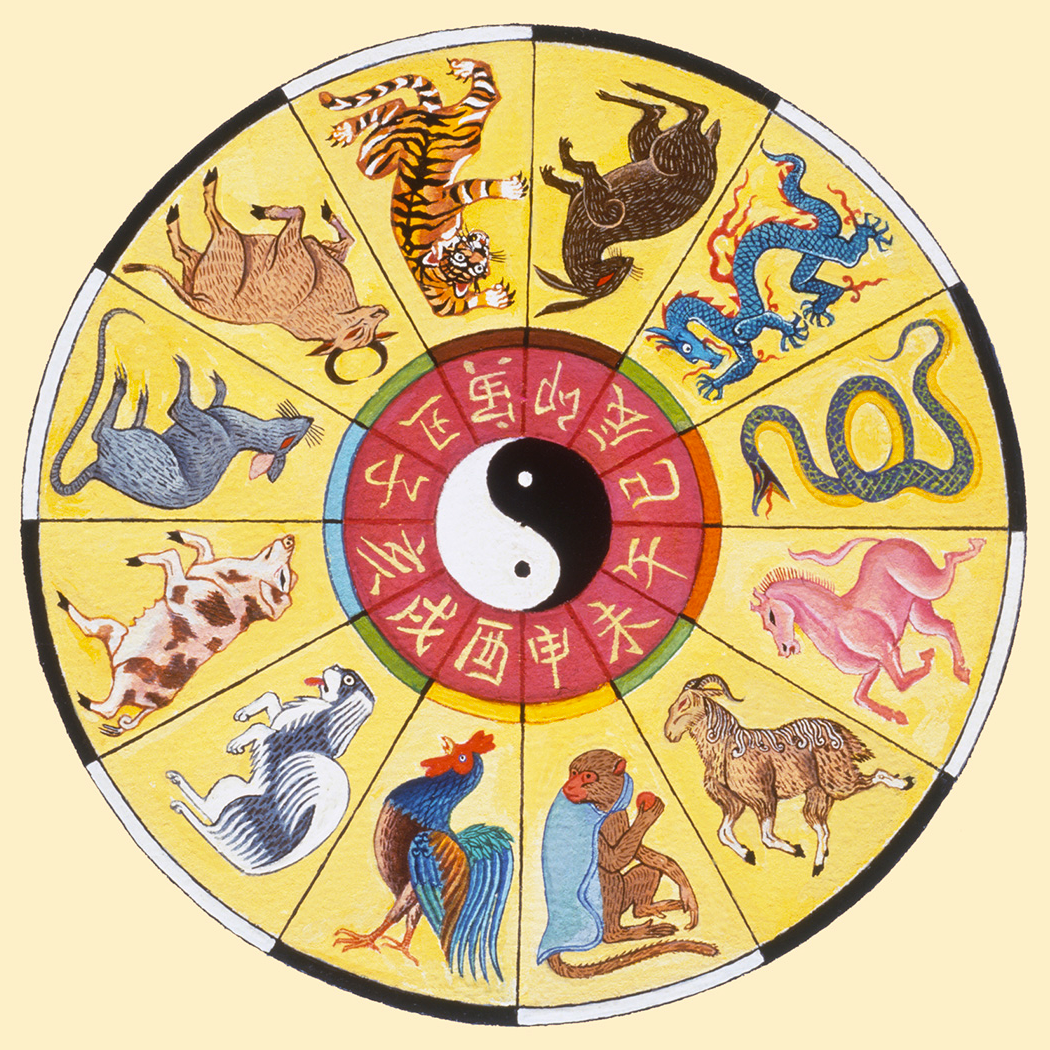
Ox Years: 1901, 1913, 1925, 1937, 1949, 1961, 1973, 1985, 1997, 2009, 2021
*year of the ox attributes: hardworking and honest*
7th–8th century Tang Dynasty Earthenware Ox

This object falls under tomb Pottery, which is a deceased persons item carreied with them to serve them in the afterlife. China.
Iranian Jug from 7th-6th century B.C

Jug in the form of a recumbent bullca. Ceramic and paint.
Seal with an Ox 3000-1500 B.C
 This is a baked steatite seal from Pakistan.
This is a baked steatite seal from Pakistan. WATCH HERE: NATIONAL GEOGRAPHIC MUSK OX LIVING IN THE FROZEN ARCTIC.


Musk Ox have lived in the Arctic’s cold climate and survived the Ice Age. They eat mosses, roots, and lichens. Aren’t they cute?

Viking Wilderness - Muskox High Speed Collision
The Ice Age ended 14,000
years ago and wiped out large species like the wooly mammoth and mastodon. But these oxen species survived! Today they call the Artic areas of Greenland and Canada home.

a defensive line of muskox.
Plough vs. Plow
Plough is the British spelling. It derives from the Old Norse word, “Plógr”.
Other words with “lough” endings:
Lough - a bay or inlet of the sea
Slough - a swamp (!)
Turlough - “a seasonal or periodic water body found mostly in limestone karst areas of Ireland, west of the River Shannon“ according to WIKI
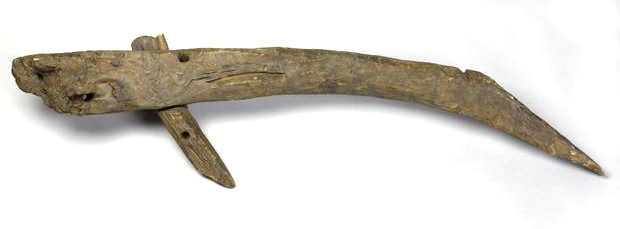
INDUSTRIAL PLOWING VS.
NO-TILL FARMING
The culmination of large-scale industrial farming and mechanized steel plow machinery over the last two centuries, have created negative affects on the earth’s biodiversity and drastic warming temperatures.

Plowing can disrupt the top soil layer’s poreous structure. This means the soil will become more compact, and destroy its ability for water absorbtion. Due to the soil’s lack of water retention, the amount of times a farmer has to water a field is increased. Which raises the chances of flooding during heavy rains. This also creates a reliance on harmful chemical inputs like herbicides, insecticides and fungicides.
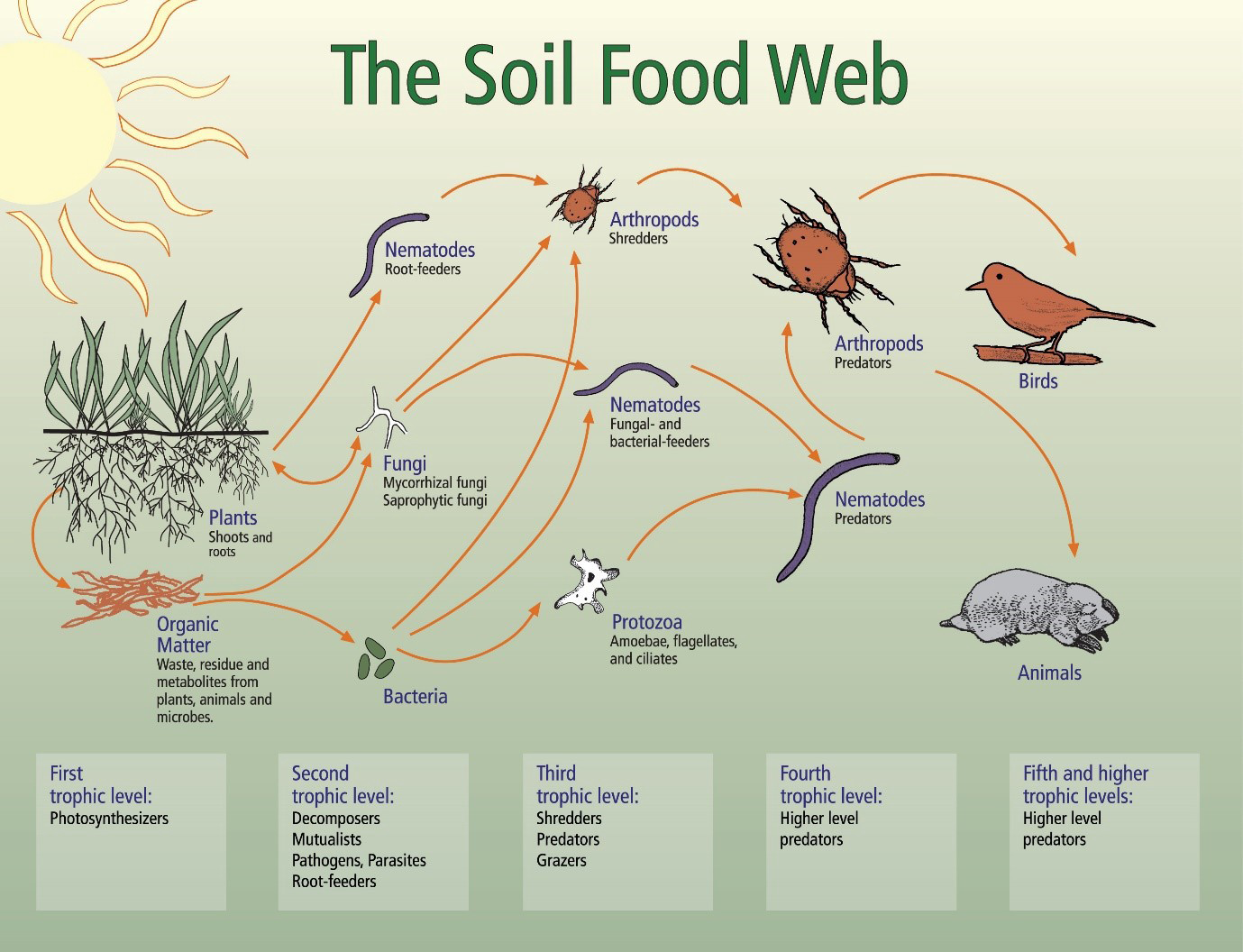 Image source: USDA
Image source: USDASoil relies on a biodiverse array of naturally occurring organisms like bacteria, worms, and fungi, to sustain a thriving microbiome. Industrial plowing creates disruptions to the homes of these organisms and greatly impacts the fertility of healthy soil growth.
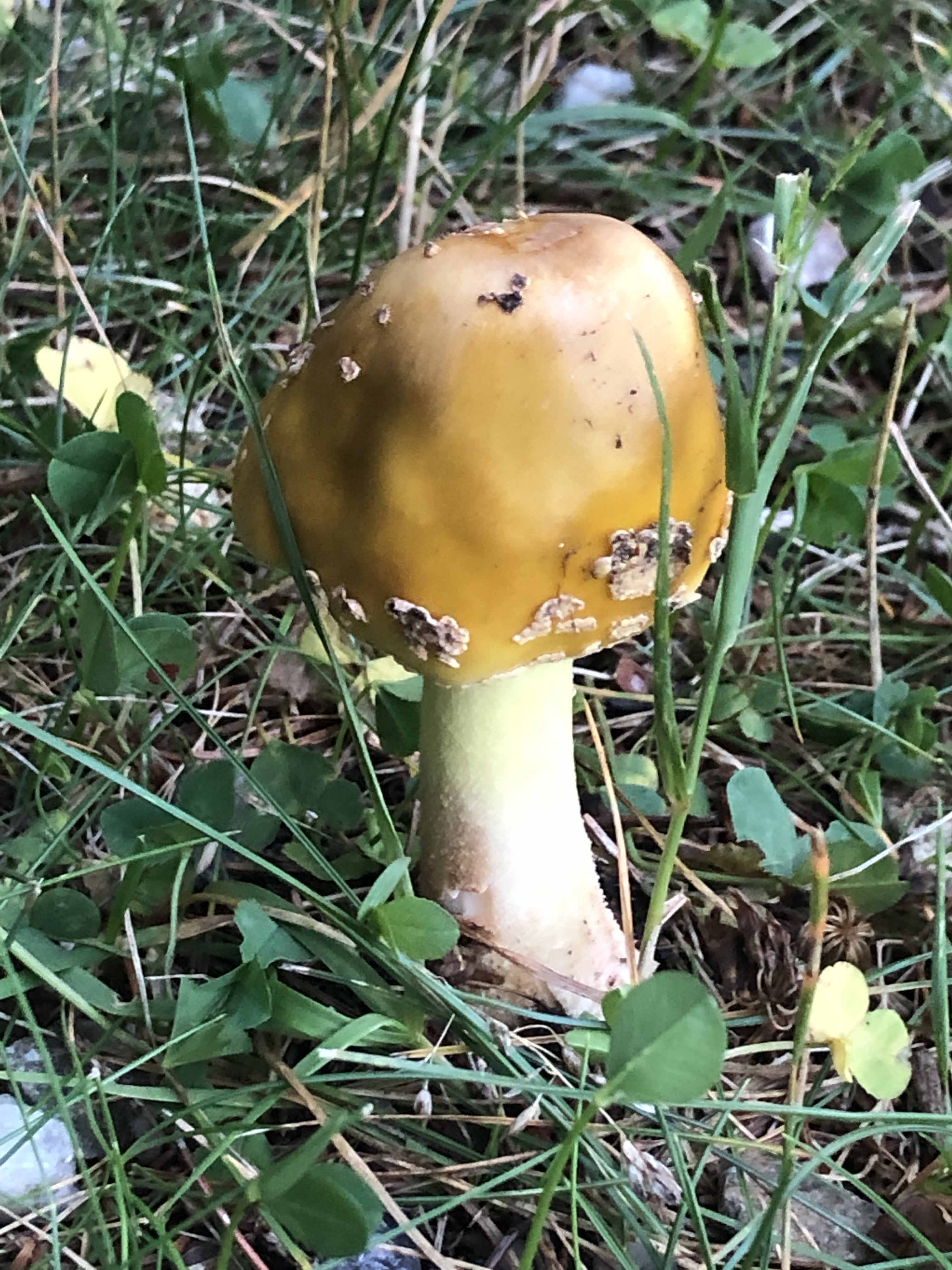
No-tilling agriculture is an alternative method to plowing. It involves more work but greatly reduces erosion and runoff.
Fairfield Farm, Williamstown, Mass. | No-till and Soil Health
This practice creates better absorption of rainwater and efficiency of irrigation during hot weather. With global warming being our reality, this method uses less water and supports heathly soil micoorganisms. It does not destroy soil layers that are integral to growth and vital for nutrience.

Image source: USDA
Both Ukraine and Syria are/were “bread baskets” of their respective regions and are both traumatically affected by big regime aggression and war. Ukraine has over 25 percent of the world’s chernozem (a Russian word for “black earth”) which means it has a high percentage of phosphoric acids, phosphorus, and ammonia that make it very fertile for agricultural yields. 54 percent of Ukraine land is arable (suitable for growing an abundance of crops).
The Syrian government had ‘strategic reserves’ of wheat, around 3.5 million tons, which was enough to sustain the entire country for one year. Prior to the uprisings in 2011, Syria was considered one of the leading exporters of cereals, fruits and vegetables to nearby countries and the Gulf. Conflict and climate change continue to put so many country’s agricultural future in grave risk.
THE END - THANK YOU FOR READING THIS AND THANK YOU TO ALL THE WONDERFUL ARTISTS FOR PARTICIPATING.


Valentine’s Mix 2022
follow your heart



CLICK HERE TO LISTEN <3
The Lost Genius of Judee Sill
2014 BBC Radio Documentary *click*

“as strong as an ox”
“As the Ox Plows“
is a poster-zine that utilizes the Boustrophedon method: an ancient technique found in both farming and literacy studies.
GIF OF PIECE HERE
This communal project
includes 24 artists and 1 artist duo including:
ASMA
Annabell P. Lee
Anthony Coleman
Barry Elkanick
Chioma Ebinama
Claire Milbrath
Elliot Camarra
Emma Kohlmann
Ethan Skaates
Javier Ramirez
Justine Rivas
Justus Kempthorne
Kevin McNamee-Tweed
Michael Childress
Mosie Romney
Nadair Asghari
Naomi Romm
Praise Fuller
Santiago Licata
Simone Bodmer Turner
Suzanna Zak
Tara Castellano
Ursula Macussen
Vinnie Smith
![]() Aristide Maillol, “Peasant Farmer” 1943
Aristide Maillol, “Peasant Farmer” 1943
includes 24 artists and 1 artist duo including:
ASMA
Annabell P. Lee
Anthony Coleman
Barry Elkanick
Chioma Ebinama
Claire Milbrath
Elliot Camarra
Emma Kohlmann
Ethan Skaates
Javier Ramirez
Justine Rivas
Justus Kempthorne
Kevin McNamee-Tweed
Michael Childress
Mosie Romney
Nadair Asghari
Naomi Romm
Praise Fuller
Santiago Licata
Simone Bodmer Turner
Suzanna Zak
Tara Castellano
Ursula Macussen
Vinnie Smith
 Aristide Maillol, “Peasant Farmer” 1943
Aristide Maillol, “Peasant Farmer” 1943For millennia, plowing a field involved cutting grooved trenches in alternating directions. A new trench does not have to start from the same direction as it began: this type of pattern alternates from left-to-right and then right-to-l




